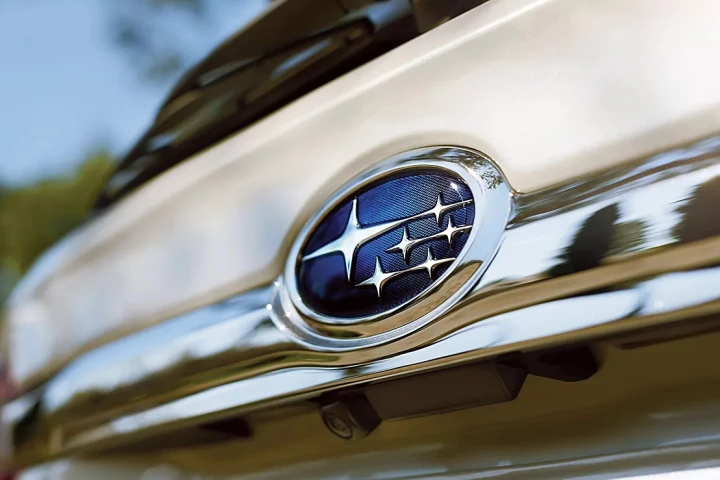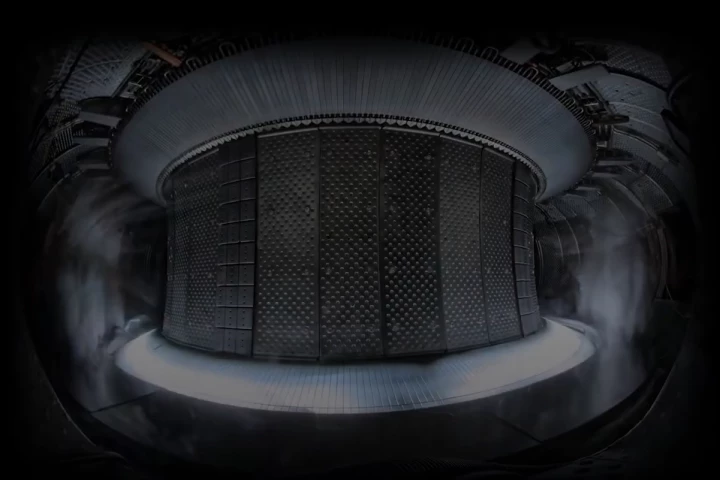With the spotlight shining on of hybrid vehicles, kinetic energy recovery systems and stop start functionality, it's easy to forget that a very effective way to reduce fuel consumption and cut emissions is right in front of us – air. A study recent study by tire manufacturer Bridgestone suggests that it's not only easy to forget, most of us do forget. The company checked 38,000 cars in 9 European countries during 2010 with results showing that 71% of the drivers were driving on under-inflated tires.
Bridgestone equates the 71% figure to wasting €2.8 billion per year (2 billion liters) due to improper tire usage. And the environmental impact – 4.8 million tons of additional and preventable carbon emissions per year or 1.8g/km for every car on the road.
Low tire inflation means poor tire rolling resistance, which is a major factor in how much fuel a car uses. Bridgestone estimates that taking into account road and weather conditions, tire rolling resistance represents 18% to 26% of the total force on a car. Low tire pressure also impacts on safety by reducing a vehicles' handling ability, increasing drifting and making tires wear out faster.
Other key findings of the study include:
- 7.5% of vehicles checked were using seriously under inflated tires (0.5 % severely under inflated)
- 1 out of 14 motorists are putting their safety at risk due to seriously under-inflated tires and/or worn out tires
- 2% of the tires checked have 30% reduced mileage due to under inflation
- 11.7% of tires checked had a tread depth below the legal level of 1.6 mm
- 12.2 million tires are lost because of premature wear
- 7.5% of checked drivers face significantly higher fuel consumption because of low inflation pressure.





